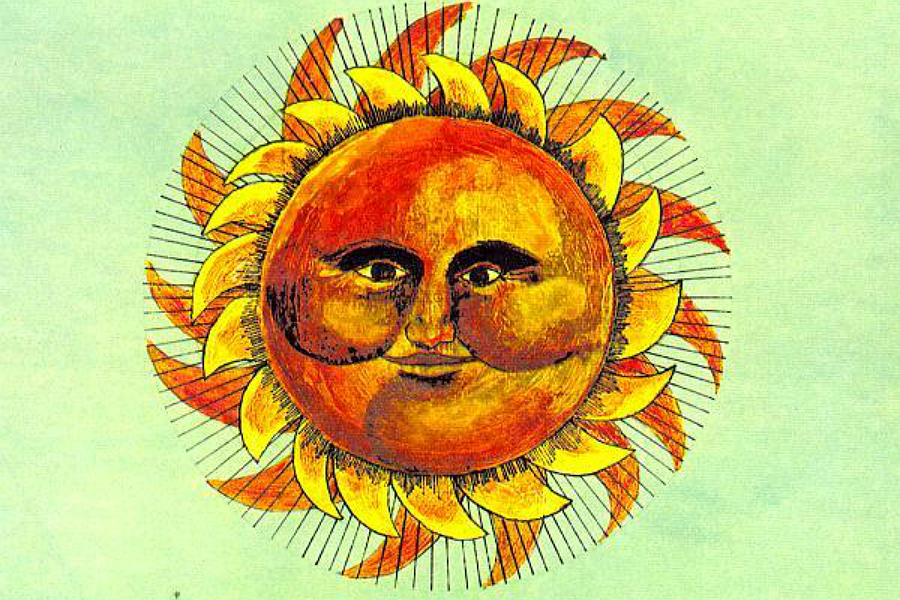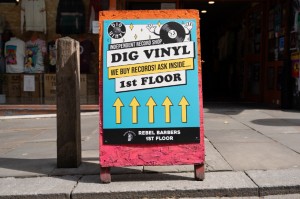Bright Phoebus Revisited – Reviewed

A lost classic resurfaces at the Liverpool Philharmonic, leaving Andrew Foulds a Bright Phoebus devotee…
Written by brother and sister duo Mike and Lal Waterson, the folk album Bright Phoebus was released in 1972 to mixed reviews amongst its core audience.
Some hailed it as an album of genius, while many traditionalists, led by the influential voice of Pete Seeger, discredited the album, saying it was leading folk music too far away from the genre’s roots.
In the intervening 41 years, Bright Phoebus has entered into the genre’s lexicon, short-hand for what constitutes contemporary folk.
All the more remarkable to consider then that in the event of its original release, only two thousand records were pressed and tragically, nearly half of these were faulty (the hole punched off-centre); a few months later the record label – Bill Leader’s Trailer – shut down meaning Bright Phoebus was almost lost forever to obscurity.
Mike and Lal passed away in 1998 and 2011 respectively, and against the odds Bright Phoebus is back and having its first live airing as part of this UK tour thanks largely to Lal’s daughter Marry.
On 14th October Bright Phoebus Revisited arrived at the Liverpool Philharmonic, bringing with it the formidable talents of the Waterson-Carthy folk dynasty along with special guests, including Richard Hawley, fantastic as the central character in the tongue-in-cheek masterpiece Magic Man.
Another notable guest, John Smith, used to work behind the bar at the Philharmonic. His haunting vocals and finger-picking guitar duels with the legendary Martin Carthy heralded moments of awestruck silence from the audience and counter-balanced perfectly the raucous group harmonies led by mother and daughter comedy act Norma Waterson and Eliza Carthy on surreal classics like Shady Lady and the title track Bright Phoebus.
It is a largely unreportedcrime that this album has never had the chance to insinuate itself more tangibly into popular public consciousness, never having enjoyed an official re-release or reissue since the 1972 farce.
If the purpose of the evening was to highlight this injustice, well, it worked with me. I’m off to make a placard and stand in a street somewhere shouting:
BRING BACK PHOEBUS, BRING BACK PHOEBUS, BRING BACK PHOEBUS…
Andrew Foulds





